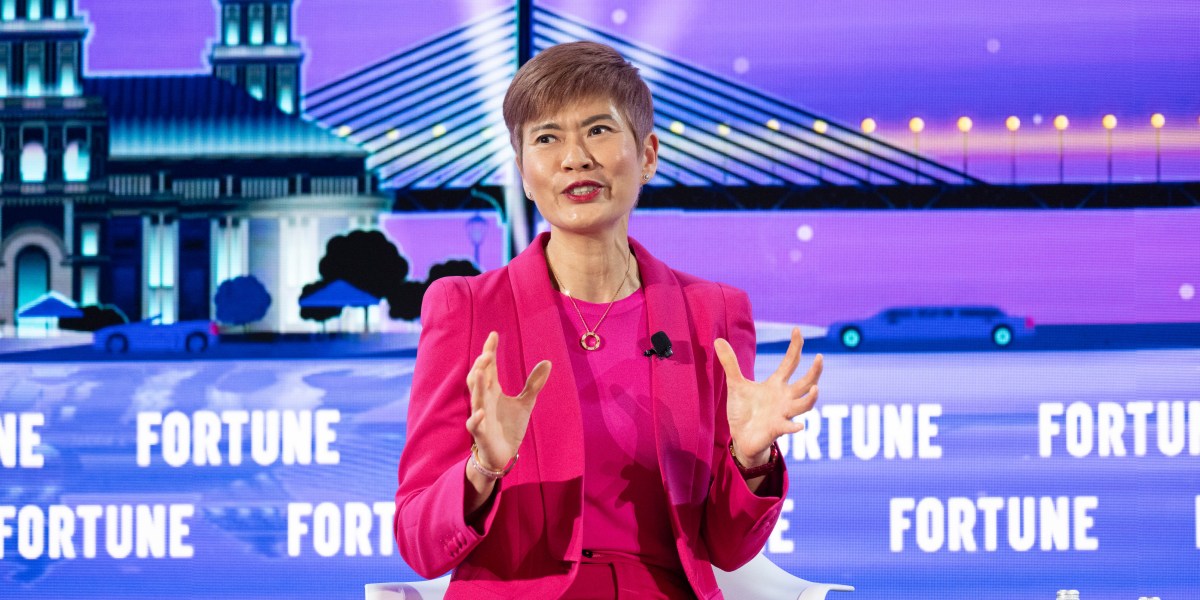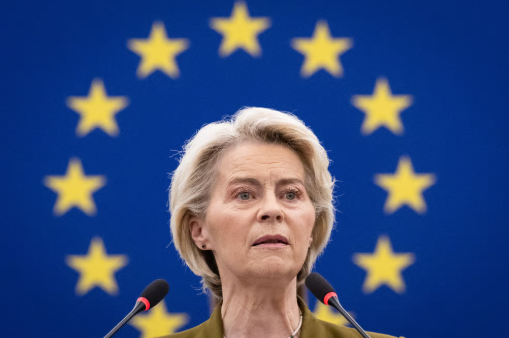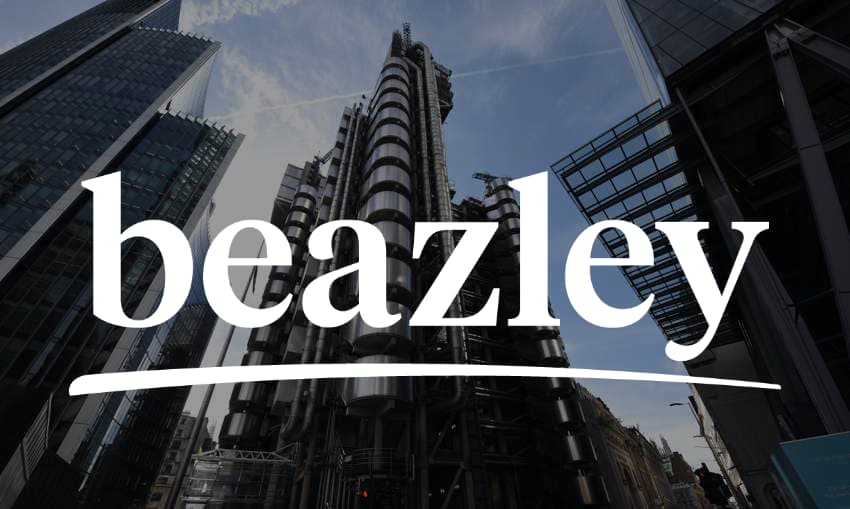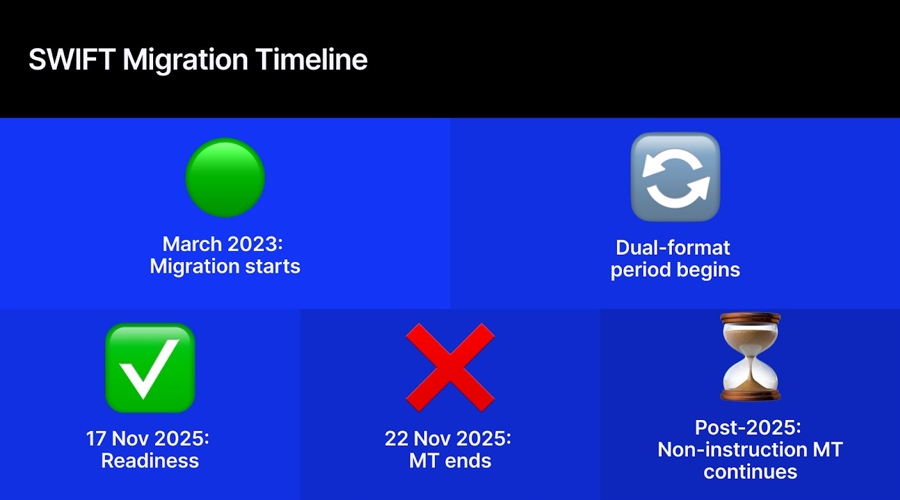The chief executive has split retail loans into mortgage and non-mortgage segments, with two group heads and two regional heads for branch banking, which would be pivotal for liability growth – a key investor metric for the biggest Nifty constituent by weighting.
The changes are effective October 1, according to an internal memo seen by ET late on Tuesday.
HDFC Bank is India’s only lender with a $100 billion-plus market value.
Jagdishan, only the second CEO in the bank’s three-decade journey to the top rung of India’s stock leaderboard, told employees in the note that the organisation changes will help bring in a “very sharp focus on leveraging what we have built, and for enhanced execution.”
He focused on customer centricity in the memo. “The reorganisation, positioned for growth, has at its heart service to the customer and delivering value to its stakeholders, while continuing to fortify the brand’s market competitiveness,” Jagdishan said in the note.
Arvind & Arvind
Arvind Kapil, country head for retail assets, will now oversee the mortgage business as group head, which includes the bank’s merged home loan business, loans against property (LAP) and sales business from the erstwhile HDFC.
Retail assets that include the bank’s high-yielding unsecured, small businesses and vehicle loans businesses will now be helmed by group head Arvind Vohra.
Both Kapil and Vohra will continue to report to Jagdishan.
The bank has divided its branch banking business into two regions. HDFC Bank now has more than 8,000 branches, having opened 40% new ones over the past two years, dwarfing its private sector rivals in generating deposits per branch. Most of its branches have been opened outside urban areas, which were so far represented largely by state-run lenders.
As part of the reorganisation, supporting verticals to the bank’s liability business, such as government and institutional business and alternate banking, will now be integrated with the retail branch banking.
Smita Bhagat and Sampath Kumar will be two new branch banking heads. Bhagat will lead branch banking for north, central and east regions, while Kumar will lead branch banking for west and south.
“They will continue to push the agenda of creating a great service culture and an obsession to delight our customers while delivering the business momentum that is needed,” Jagdishan said in a memo.
Bhagat and Kumar along with Ashima Bhat, group head for tele sales and relationship channel, will report to bank veteran Ashish Parthasarathy. Arup Rakshit will now be responsible for the treasury function in the bank and will also report to long-time treasurer Parthasarathy.
Deputy managing director Kaizad Bharucha will now also oversee inclusive banking, CSR and ESG, in addition to wholesale banking capital, commodities markets and construction finance.
The memo said the organisation changes are intended to enhance alignment with the bank’s business strategy and evolving needs of the business. The merger with parent HDFC, the expanded branch network and investments in technology in the last 18 months were described as “scale changing.”
In December 2020, the credit card leader in the country was effectively forced out of the market after the Reserve Bank of India (RBI) asked it to stop issuing credit cards and introducing new digital products, after several reported technical glitches for two years. The restrictions on credit cards were lifted in August 2021 and the remaining curbs were lifted in March 2022 after corrective measures were introduced by the bank.
The Tech Spine
In an indication of the importance of technology for the bank, chief information officer Ramesh Lakshminarayanan has been given the task to unify all technology and digital developments, including integrating the erstwhile HDFC with the bank. He will directly report to the CEO.
Parag Rao, who has long been in charge of payments, including the bank’s cards business, will now be additionally responsible for marketing, liability products, third-party and non- resident products.
The bank’s digital products, namely Payzapp, Vyaapar, Smartbuy and others, will now be run as separate direct-to-consumer digital businesses with their own separate profit and loss account. It would be headed by Ravi Santhanam, the bank’s chief marketing officer, who will now report to Rao.
In a note last week, US investment bank Jefferies said HDFC Bank’s strong retail asset portfolio, improving deposit franchise, synergies from a merger with parent HDFC and branch expansion to support deposit growth will help the bank deliver 16-17% earnings growth in the next three years, though near-term headwinds in terms of friction in the integration of teams and IT systems, or slower ramp-up in deposits and priority sector loans remain.
Anjani Rathor, has been designated as the chief digital experience officer to focus on customer’s collective experience of all channels. He will set up a unified data competency for the bank for improving customer engagement and cross-selling, reporting to Rao.







































